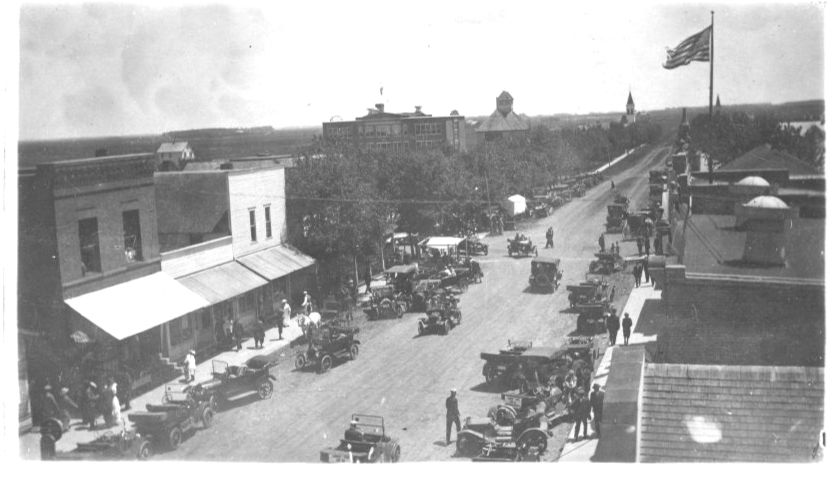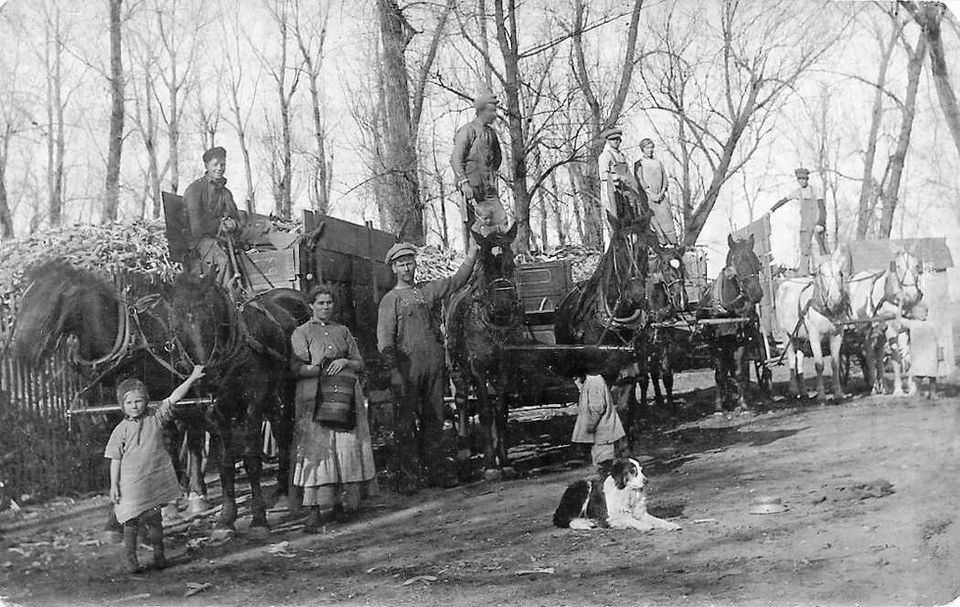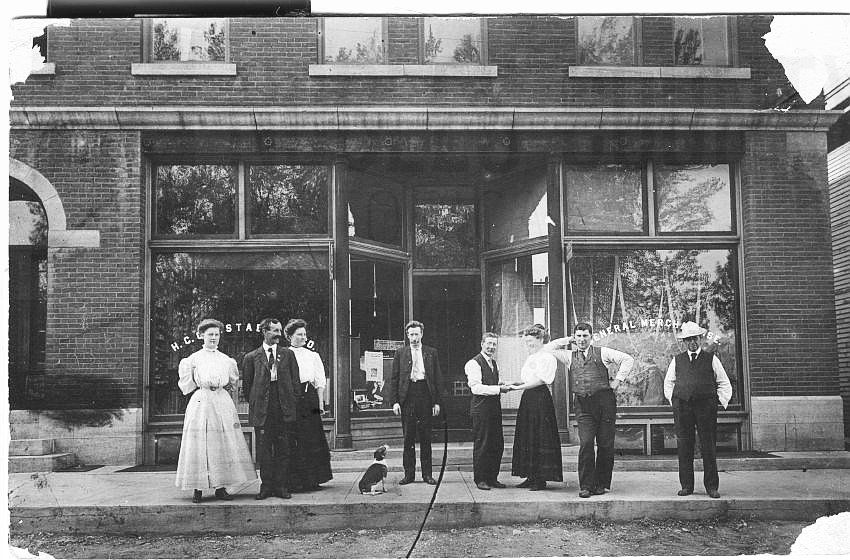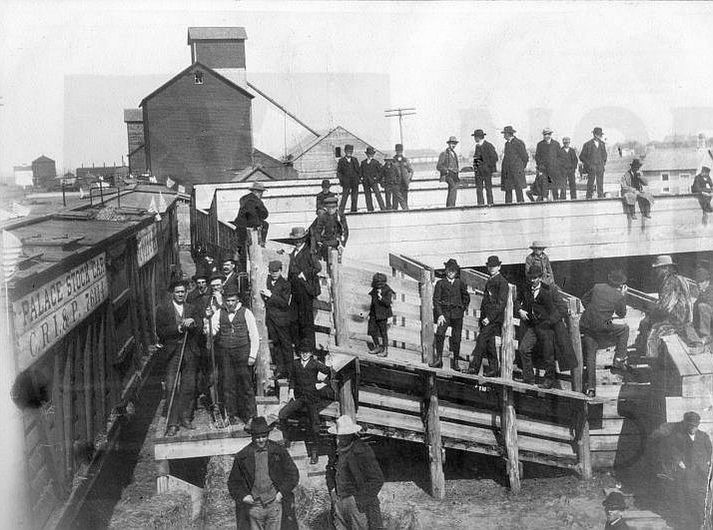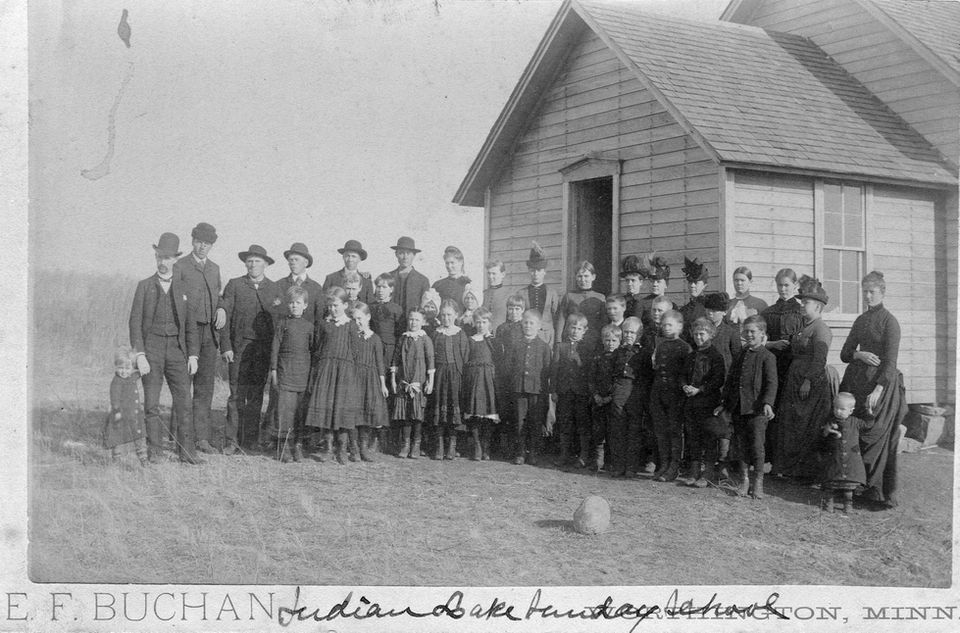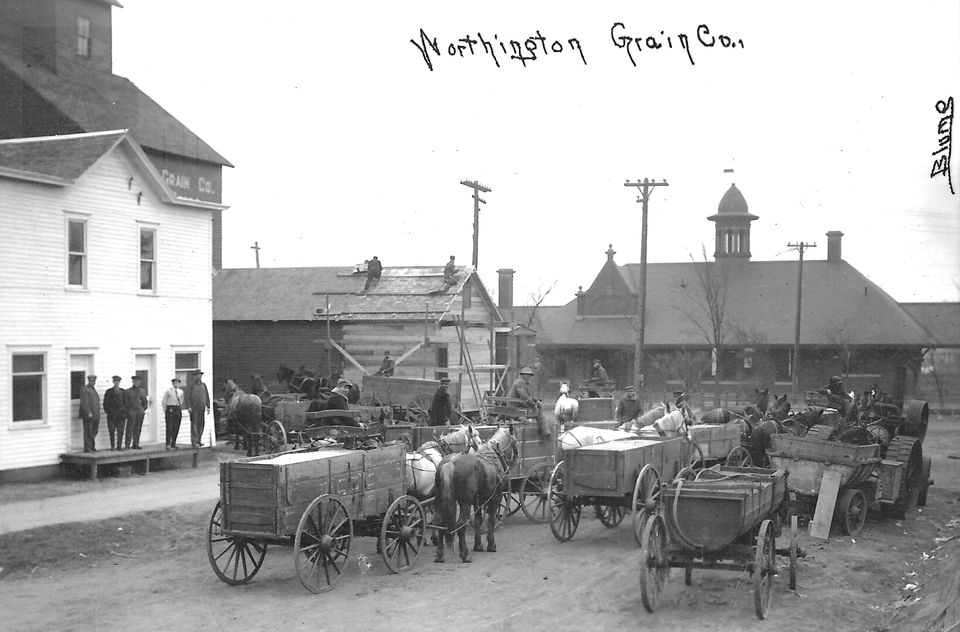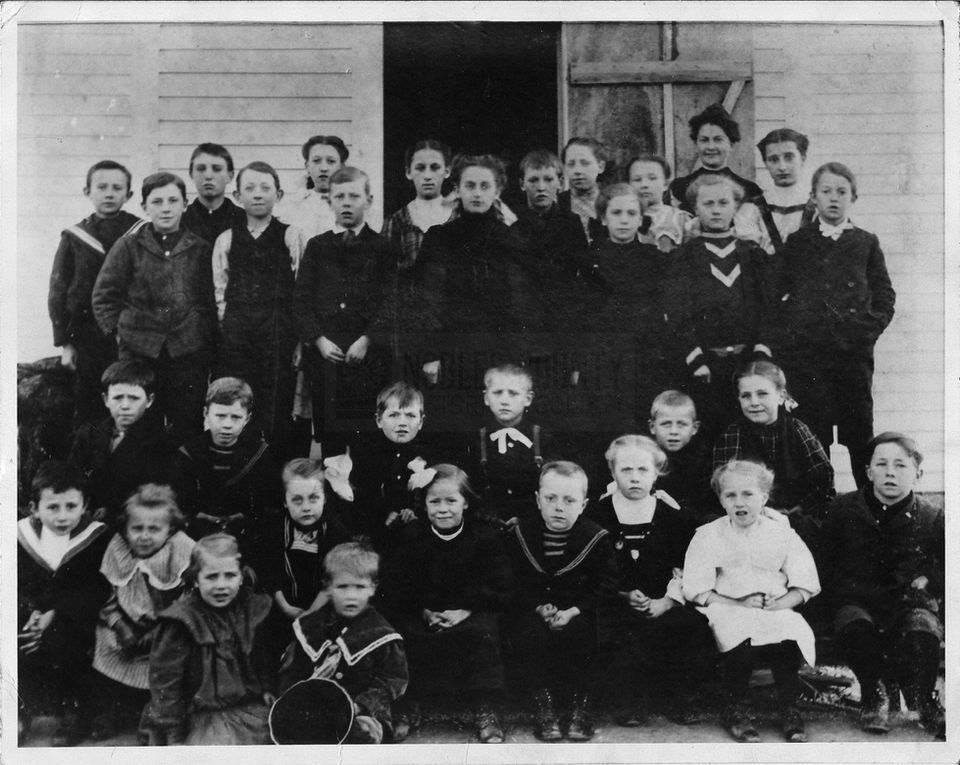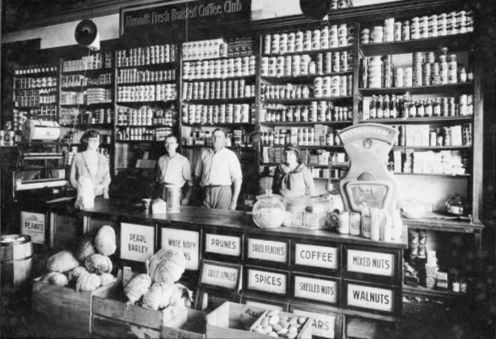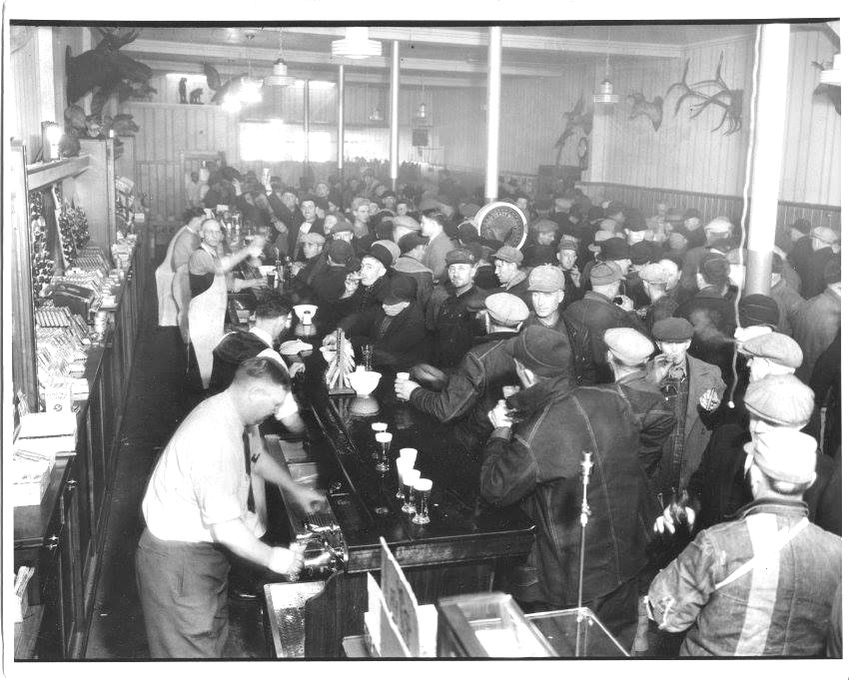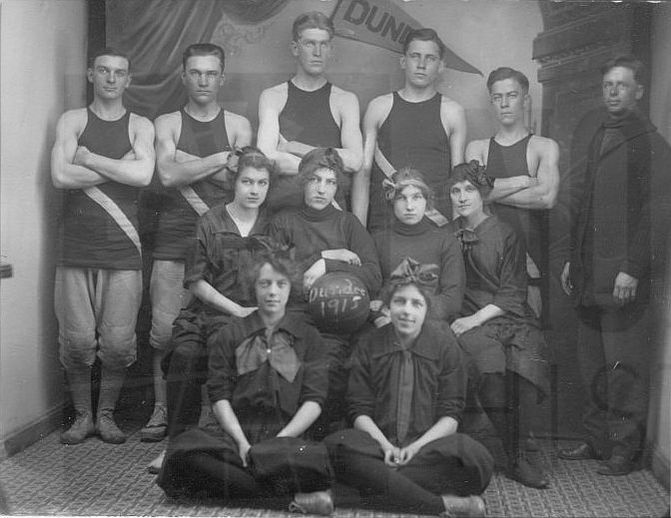Early History of Nobles Co.
Nobles County was first occupied by the Sisseton Indians. The first white man to set foot on the land was Joseph Nicolas Nicollet, who came to map out the area in 1842, and named the Lakes Okabena (there was also an East Okabena at that time), Lake Ocheda and the Kanaranzi River.
The first settlement was established in 1846 near Graham Lakes. The territory of Minnesota was organized in 1849, and locally, township surveys were run along the Iowa border in 1852. The year 1856 saw a great influx of settlers into Minnesota, and Nobles County was created by the Minnesota Legislature on May 23, 1857. Shortly after, the flow of settlers was restrained by the Panic of 1857 and the Indian Massacre of 1857, which occurred in nearby Spirit Lake and along the Des Moines River in neighboring Jackson and Cottonwood Counties. The murder of 35-40 settlers and abduction of others made settlers understandably reluctant to remain. Thus, government of Nobles County was not organized until 1870.
In 1871, six years after the Civil War, the first area railroad was built, contributing to the further settlement of the area. Traversing from Mankato through Worthington to LeMars, Iowa, this railway later became the Chicago, St. Paul, Minneapolis and Omaha. During the summer of 1867, a mail route had been established from Blue Earth City, through the Graham Lakes settlement, to Yankton, South Dakota. That January, a post office was established in each settlement. The population in the spring of 1870 was 117 and by that fall had nearly doubled.
In 1871, a group of men from Toledo, Ohio organized a company to locate a colony of settlers in some western county. After traveling 20,000 miles throughout the Midwest, they decided on Nobles County and by the spring of 1872, hundreds of people came in and took up land. The mail was brought to Worthington by train and an overland route was established from there to Sioux Falls. Post offices were established in Dewald (one mile northeast of Rushmore), Adrian and Westside Township. Worthington became the County Seat in 1873. The railroad gave the county a block of land in the heart of the City of Worthington to be used for a courthouse, which was built in 1877. The building was replaced in 1894 by a stately building of red brick and massive stone foundation featuring a tower and elaborate cornice work.
The census of 1861: 11 families, 35 persons, (3 from Norway, 3 from Bavaria, 1 from Ireland and the rest from the eastern states).In 1880, the population was 4,435. In 1895, the population was 11,905 and in 1970, the population was up to 22,959.The Indians and the early settlers found a beautiful land covered with prairie grass and wild flowers. There were ducks, wild geese, brant, curlew, pelicans, prairie chickens and some big game. Land sold for eight to ten dollars an acre but some Okabena lakeshore brought $50.00 to $100.00. The government gave the railroads the odd numbered sections of land adjoining the railroad to encourage the building of the railroads.From 1873 to 1879 the settlers suffered through plagues of grasshoppers and terrible winters. The January 7-8-9 blizzard of 1873 was one of the worst storms that covered the Northwest area. Seventy lives were lost—four in Minnesota.
1874 •
1875 •
1876 •
1876 •
1876 •
1878 •
1879 •
1879 •
1882 •
1890 •
1891 •
1891 •
1899 •
1899 •
1900 •
Ellsworth
Worthington
Bigelow
Adrian
Brewster
Rushmore (orig. Millers Station)
Kinbrae (orig. Airlie)
Dundee (orig. Warren)
Round Lake (orig. Indian Lake)
Org
Leota
St. Kilian
Reading
Wilmont
Lismore







